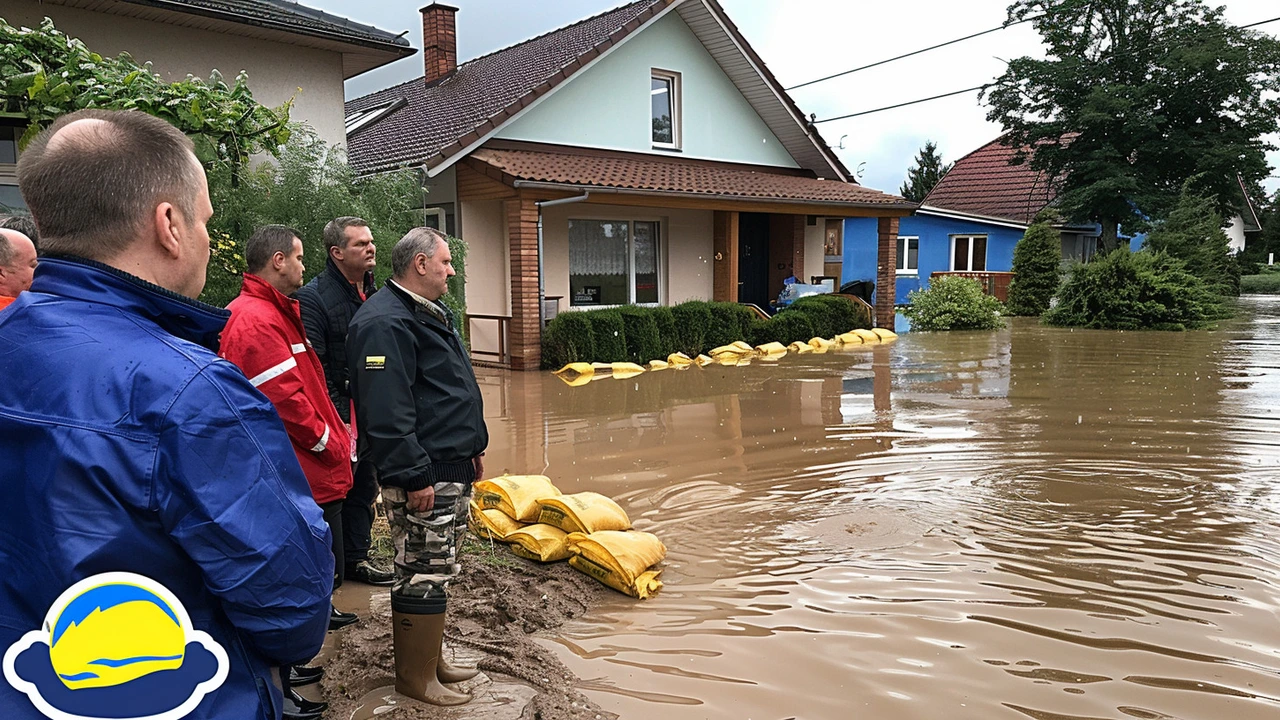Germany floods: latest updates, safety tips and how to help
Germany floods have left communities grappling with damage, power cuts, and blocked roads. If you are in affected areas or planning travel, stay updated with official alerts and avoid flood zones. This page gathers clear, practical steps to stay safe, find help, and support relief efforts.
Know the alerts and maps. Use the German Weather Service (DWD) warnings and local police channels for real-time updates. Flood risk maps on state websites show which streets and river sections are affected. Keep a battery radio or phone with alerts turned on; apps like NINA and KATWARN push emergency notices in English and German.
If you are in danger, act fast. Move to higher ground immediately; don’t walk or drive through floodwater — six inches can knock you down, a foot can float a car. Turn off electricity at the main switch only if it’s safe; water and power together are deadly. Wear sturdy shoes and a life jacket if you must move through water.
Secure your home before water rises. Put important documents, medicines, and valuables in waterproof bags and move them upstairs. Unplug appliances and move furniture to higher floors. Sandbags work but are a short-term fix; focus first on life and family safety. Photograph damage for insurance claims once it is safe to return.
Where to find help. Emergency numbers in Germany: 112 for fire and rescue, 110 for police. Local town halls and social services set up temporary shelters and registration centres; check state websites or local news for addresses. Charities like the German Red Cross (DRK) and Caritas coordinate relief and donations — they post official needs and safe drop-off points online.
Helping safely. Donate money rather than goods unless organisations request items; cash allows quicker, targeted support. If volunteering, register with official relief groups to get training and protective gear. Avoid entering unstable buildings or moving heavy debris alone.
Travel and transport advice. Expect train and road delays; Deutsche Bahn posts cancellations and alternative routes. If your route crosses rivers, pick highways at higher elevation and heed closures. Have backup plans and keep fuel topped; stranded cars in floodwater are a common rescue cause.
Insurance and repairs. Contact your insurer quickly and follow their guidance for documenting loss. Take clear photos and keep receipts for temporary repairs. Structural damage needs professional inspectors; don’t re-enter buildings until authorities say it’s safe.
Stay informed. Follow local news, DWD forecasts, and official social media accounts. Share verified updates with family and neighbours. If you need direct help, contact local emergency services or relief hotlines listed on state websites.
Want to help but not in Germany? Support trusted charities that publish transparent reports on fund use. Spread accurate updates and avoid sharing unverified images. Every reliable donation and volunteer hour helps communities recover faster.
For verified donation options check German Red Cross (www.drk.de), Caritas (www.caritas.de) and local state disaster funds. For missing persons, use police hotlines and social media channels set up by local authorities to post names and locations quickly.

Tragedy Strikes: Four Dead in Southern Germany Floods Amidst Rising Climate Change Warnings
Keabetswe Monyake Jun 4 8Four people have tragically died due to severe flooding in southern Germany, with heavy rainfall causing major disruptions. The floods have impacted states like Bavaria and Baden-Wuerttemberg, suspending transport routes and necessitating emergency evacuations. Chancellor Olaf Scholz underscored the urgent need to address climate change as water levels continue to rise.
More Detail